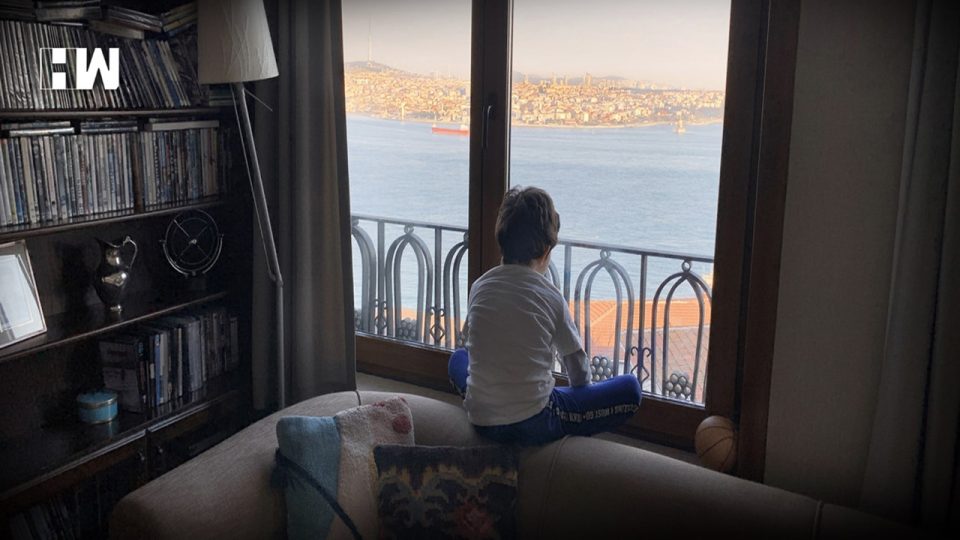While symptoms among children infected with COVID-19 mostly remain mild, infections are rising and the longer-term impact on the education, nutrition and well-being of an entire generation of young people can be life-altering, the UN Children’s Fund (UNICEF) has warned.
In a report, released on Thursday ahead of World Children’s Day, UNICEF outlined “dire and growing” consequences for children as the coronavirus pandemic lurches towards a second year.
“Throughout the COVID-19 pandemic, there has been a persistent myth that children are barely affected by the disease. Nothing could be further from the truth,” said Henrietta Fore, UNICEF Executive Director.
“While children can get sick and can spread the disease, this is just the tip of the pandemic iceberg. Disruptions to key services and soaring poverty rates pose the biggest threat to children. The longer the crisis persists, the deeper its impact on children’s education, health, nutrition and well-being. The future of an entire generation is at risk.”
Averting a ‘Lost COVID Generation’
As of 3 November, in 87 countries with age-disaggregated data, children and adolescents under 20 years of age accounted for 1 in 9 of COVID-19 infections, or 11 per cent of infections reported by those countries, UNICEF said in its report Averting a Lost COVID Generation.
While children can transmit the virus to each other and to older age groups, there is strong evidence that, with basic safety measures in place, the net benefits of keeping schools open outweigh the costs of closing them, UNICEF added, noting that schools are not a main driver of community transmission, and children are more likely to get the virus outside of school settings.
Alarming revelations
In addition, using data from surveys across 140 countries, the report found that COVID-related disruptions to critical health and social services for children pose the most serious threat to children, with about a third of the countries witnessing a drop of at least 10 per cent coverage for health services, including routine vaccinations and outpatient visits.
Coverage of nutrition services for women and children, including school meals and vitamin supplementation programmes also saw sharp declines, as did home visits by social workers.
Globally, more than 570 million students – 33 per cent of the enrolled students worldwide –were affected by country-wide school closures in 30 nations (as of November 2020). The number of children living in multidimensional poverty is estimated to have soared by 15 per cent – an additional 150 million children by mid-2020.
‘Prioritize children’s needs’
Against the backdrop of the concerning revelations in the report, UNICEF called on governments and partners to take key actions to respond to the crisis.
The UN agency called for ensuring that all children can learn, including by closing the digital divide. It also urged nations to guarantee access to nutrition, safe drinking water, as well as health, hygiene and sanitation services. Vaccines should also be made affordable and available to every child.
Alongside, children and young people must be provided with mental health support and protected against violence and neglect, and efforts should be stepped up to support children and their families living through conflict, disaster and displacement.
UNICEF also underlined the need to reverse the rise in child poverty and ensure an inclusive recovery from the pandemic for all.
“This World Children’s Day, we are asking governments, partners and the private sector to listen to children and prioritize their needs,” urged Ms. Fore.
“As we all reimagine the future and look ahead toward a post-pandemic world, children must come first.”
As an independent media platform, we do not take advertisements from governments and corporate houses. It is you, our readers, who have supported us on our journey to do honest and unbiased journalism. Please contribute, so that we can continue to do the same in future.

